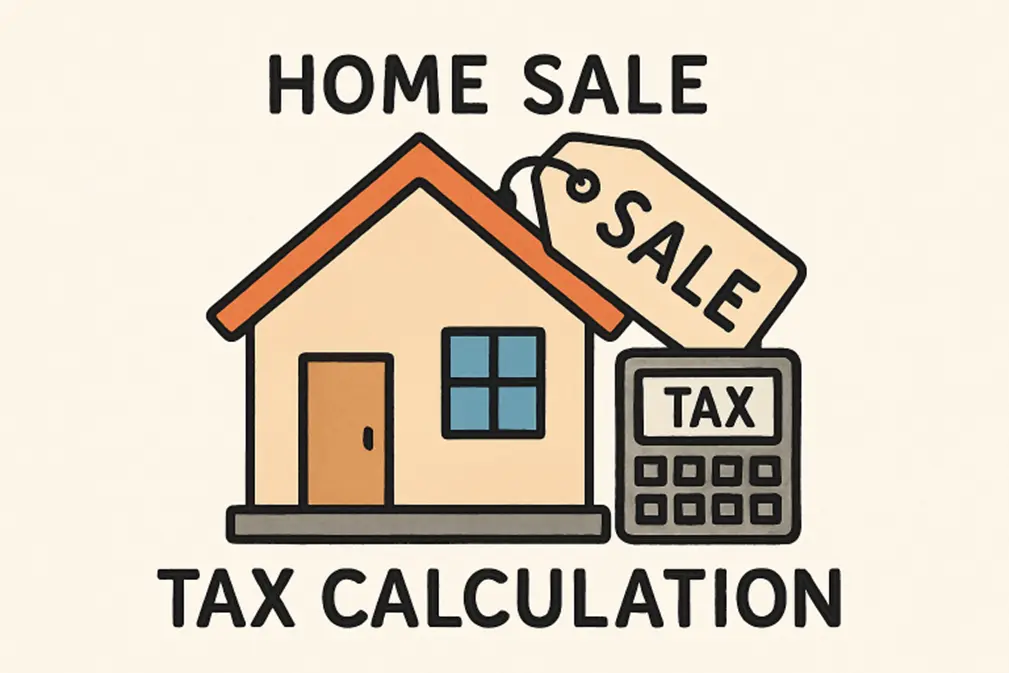Understanding Capital Gains Tax on Home Sales
Even under the pressure of a quick cash offer, selling your home can trigger significant tax responsibilities. The IRS views profits from a home sale as capital gains, which may be taxable. Fortunately, most homeowners selling a primary residence benefit from a valuable capital gains exclusion—up to $250,000 for individuals and $500,000 for married couples filing jointly.
Qualifying for this exclusion requires that you’ve owned and lived in the home as your primary residence for at least two of the past five years. It’s important to note that this exclusion amount hasn’t been adjusted since 1997, meaning more homeowners risk exceeding these limits and facing capital gains taxes as home prices continue to rise. Reliable buyers can provide a fast and transparent home sale experience if you seek a reputable cash buyer.
Recognizing recent proposals to update these laws is crucial, considering shifting real estate values. While discussions, such as those addressed in the No Tax on Home Sales Act, raise hopes for reform, current laws require careful planning. Owners who’ve seen tremendous price appreciation since their purchase can easily exceed these exclusion amounts and should be prepared to address the potential tax hit.
Short-Term vs. Long-Term Capital Gains
The IRS differentiates between short-term and long-term capital gains, which can significantly affect your tax bill. If you own your home for less than a year before selling, the gain is generally classified as short-term and taxed at your ordinary federal income rate. However, if your ownership exceeded a year, you’ll qualify for more favorable long-term rates—0%, 15%, or 20%—based on your income level. In 2025, filers with income below $47,025 ($94,050 for couples) pay 0% on long-term gains, with higher rates applied to higher incomes. The distinctions between these timelines are essential and well-explained in detail by respected finance resources such as Kiplinger.
Calculating Your Capital Gain
Accurately calculating your capital gain is the cornerstone of understanding your real tax exposure. The formula is deceptively simple: selling price minus your adjusted basis. Your adjusted basis includes your original purchase price plus the cost of significant improvements made over the years, such as renovations, additions, or major system upgrades. For example, purchasing a home at $300,000 and investing $50,000 in improvements establishes a new basis of $350,000. Selling at $500,000 produces a $150,000 gain for tax purposes. For homeowners seeking to simplify this process, services like https://www.reliablecashhousebuyers.com/ can provide a straightforward sale without the complexities of traditional listings.
Comprehensive recordkeeping is vital; you may pay more taxes than necessary without receipts and documentation for improvements. Common qualifying improvements include kitchen remodels, new roofing, or substantial landscaping. Always consult IRS guidelines or a professional for the latest qualified expenses.
State-Specific Tax Considerations
State tax policy can dramatically impact your total liability after a home sale. While some states do not tax capital gains, others—like Virginia—include these profits in your overall income, thereby increasing your state tax burden. Each state’s approach is unique, so researching or seeking professional advice tailored to your location is critical. This step can be especially important if you have moved to a new state since purchasing your home, as different rules may apply.
Impact of Selling to Cash Buyers
Speed is the primary advantage when working with cash buyers; transactions can close in days or weeks. However, the tax rules remain the same whether you sell to a cash buyer or through a traditional listing. The method of sale provides convenience but does not influence your eligibility for the capital gains exclusion or other tax benefits. The rapid timeline requires you to have your legal and tax documentation ready, ensuring you neither delay your closing nor miss optimal savings opportunities.
Strategies to Minimize Tax Liability
Utilize the Primary Residence Exclusion
The most effective tactic is leveraging the IRS primary residence exclusion. Ensure you fulfill the two-out-of-five-year rule to claim the $250,000 (single) or $500,000 (married) exclusion. Shortcomings in residency or ownership will disqualify you from this benefit, increasing your taxable gain.
Maximize Your Adjusted Basis
Diligently document all eligible home improvements. Increasing your adjusted basis reduces the taxable portion of your gain. Gather all invoices, permits, and photos of work performed as credible evidence if ever audited.
Consider a 1031 Exchange
A 1031 exchange is a powerful planning tool for investment properties. You can defer capital gains tax entirely by reinvesting your proceeds in a “like-kind” property, though this strategy is not available for primary residences. Financial sites such as Investopedia can provide more details on this strategy.
Potential Legislative Changes
The landscape of capital gains taxation may evolve. Recently proposed bills, like the No Tax on Home Sales Act, would eliminate taxes on primary residence sales, reflecting public pressure and soaring home values. While these changes remain in legislative limbo, staying updated ensures you are ready to pivot if new laws further benefit sellers.
Final Thoughts
Quick cash sales provide relief and liquidity without altering the fundamental tax responsibilities sellers face. Understanding IRS rules, your capital gain, and state-specific laws is essential to minimize surprises and maximize net proceeds. Consulting with a knowledgeable tax professional should always be your first step before completing any home sale, ensuring your transaction is smooth and your tax bill is as low as possible.


